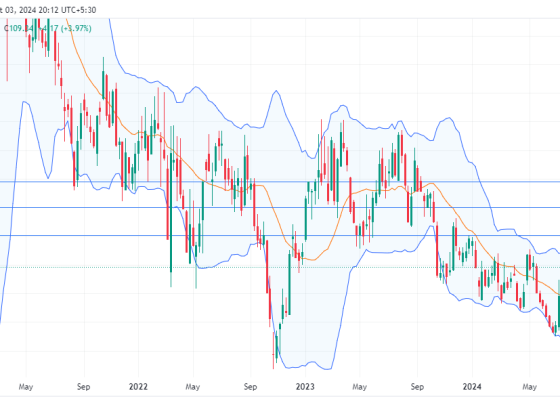New Zealand’s recent decision to significantly increase visa fees, effective October 1, has sparked concern among international student communities.
The fee hike impacts all international students seeking entry into New Zealand for higher education, work, or tourism, particularly affecting those from countries like India and Pakistan.
This policy shift, introduced after an August announcement, aims to alleviate taxpayer financial burdens by shifting more immigration costs to applicants.
The increase is substantial across all visa categories, with student visa fees rising from $188 to over $300.
This change adds pressure to students already grappling with high tuition fees, accommodation costs, and rising living expenses.
Many prospective students rely on scholarships and financial aid, making this increase a potential deterrent for those considering New Zealand as their study destination.
Additionally, tourist visa fees have also risen, from $119 to $188.
Govt says fees are lower than Australia and UK
While the government claims these fees are still lower than those in countries like Australia and the UK, the financial burden remains significant for students and travelers alike.
The increased visa costs pose an additional challenge, particularly for students from lower-income backgrounds.
For instance, the rejection rate for New Zealand visa applications among Indian students was 28% in 2023, while Pakistani applicants faced an alarming 71% rejection rate.
Coupled with the higher fees, these rejection rates make New Zealand a less attractive and more uncertain option for international students.
These visa fee increases are part of New Zealand’s broader immigration reforms aimed at creating a sustainable immigration system.
The government anticipates savings of over $563 million over the next four years, reducing taxpayer reliance.
However, the impact on the education sector could be detrimental, as international students significantly contribute to New Zealand’s economy—education is one of the country’s largest export sectors.
In 2023, New Zealand approved 115,008 visas for Indian nationals, up from 83,583 in 2019.
However, the new fees could jeopardize this growth trend, potentially leading to fewer applications from Indian and other international students.
A decline in international student numbers could have broader economic implications, affecting sectors like housing, retail, and tourism that benefit from their presence.
Concerns about New Zealand’s competitiveness
Moreover, the fee increase raises concerns about New Zealand’s competitiveness as a destination for international students.
Countries such as Australia, Canada, and the US actively attract international students with competitive visa rates, scholarships, and work opportunities.
By raising visa fees, New Zealand risks losing its appeal compared to these more affordable and attractive options.
Stringent new visa regulations introduced in April have already made it more challenging for international students to secure visas.
Requirements such as English language proficiency, work experience, and specific skill criteria add complexity to the application process.
With the additional financial burden of higher visa fees, many students may look to alternative destinations that offer a more straightforward and cost-effective education path.
Immigration has long been a cornerstone of New Zealand’s economic growth, especially in sectors like education, tourism, and healthcare.
By raising visa fees, the government is taking a calculated risk that the revenue generated will outweigh potential losses in international student numbers.
However, if enrolments decline significantly, New Zealand may face severe long-term consequences for its economy.
Striking a balance between fiscal health and maintaining its appeal as a destination for students and skilled workers will be essential.
The post Is New Zealand risking its appeal for students by raising visa fees? appeared first on Invezz


